By Celeste Hawkins
You can see more of Luisa’s work here
‘Faintly-European’ Brisbane based artist Luisa Rossitto shares her deep connections with her work and how she draws on inspiring images and dreams to bring her ideas together. Her mediums of choice are watercolour on paper and she is currently working on her next show with Helen Gory in Melbourne. Thirty year old Luisa defines creativity as: “an ability to see things, ideas and solutions that other people miss”, but believes that everyone possesses it to some degree, “whether they recognize it or not”.
Do you have a consistency to your process of creating? Or does it change according to your state of being?
There is a certain structure to how I work. As with everything, I try to work on a rule of about sixty percent to plan, set a routine and schedule and about 40 percent left up to chance, folly, disaster and salvation!
Describe your usual creative process…is their a routine to how you compile your work?
I usually start a new show by spending a day or two exposing myself to new imagery; literally flipping through a pile of books about a metre high, making snap decisions about which images I need to copy and which I don’t. New work invariably emerges from vignettes constructed from this ongoing stockpile of images.
Make a list of the things that inform or feed your creativity…
Things I find on the ground, awkward photography, plastic figurines, clouds, flowers and leaves and dead branches, national geographic, horror movies, neuroscience, fifties advertising, caves, patterns printed on silk, folklore, idiomatic language, set design, fancy dress and stage performance.
Current influences……
Lately I have been rediscovering my art school love for Niki de Sant Phalle, Henri Cartier-Bresson and David Shrigley. But I’m constantly stumbling upon new people I enjoy- Stacey Rozich I found just this morning catching up on my blog feeds.
Influences past…….
Nick Cave’s music was the first that really captured my attention as a teenager, and I still remember something he said in a biographical documentary I recorded onto VHS and replayed a million times. Though I don’t remember it word for word, he talked about the importance of staying true to your vision of things, knowing that at times you will rub shoulders with fashion and at other times you will not. His bravery in the things he does has always been great source of comfort.
Luisa provides an example of the process behind her work:
Spectrum disorder is a continuation of a theme I’ve visited a number of times. It explores the struggle between order and chaos, disruption and perversion, the existence of all things on a continuum between extremes. I began with an image of a models face from an advertisement. I made copies of the face, cut the face up the middle, pasted it in my diary, and experimented with drawing different representations of schism in the triangular space. I recalled an image I had collected a long time ago of fighting hatchlings, a cuckoo in a hostile takeover, and felt this added to the sense of internal struggle. I dug up two sources from my collection; an archival image of an Australian women’s pogo club and an image of children in fancy dress. I knew that I wanted to create a “cast” of characters across the composition. Colour use is also connected to the theme; rainbow hues connect to the spectrum theme, and the opposition of red and blue in the sunglass lenses represent the binary opposition in play. I love to use red and blue as opposing forces. In my mind, this always connects back to the secondary science textbook image of the heart, pumping oxygenated (red) and deoxygenated (blue) blood. The image at the centre, creating a crown, is based on the famous high speed photograph of a milk droplet, a lucky and victorious moment. Every image chosen tends to have a history and story of its own, as well as a meaning to lend to the overall composition.
How do you begin, when starting with a blank canvas?
I will typically have a rough plan, drawn in my journal, which will comprise about 60 percent of the final work. I start by sketching out the main sections of the image onto my surface, and then begin painting these areas while I contemplate what will take place in areas of the work yet to be resolved. The types of images I make are too exacting, not compatible with someone who experiences “white fright” or fear of the blank canvas or paper. I make myself dive in there.
Do you ever reflect on your work, for example through journaling, to find out why you might have got stuck?
I have a very active critical voice. This reflective process is normally alive and well even as I’m working on the image. I always consider what I might have done instead but know that I have to trust my largely instinctive decision making processes if I am to avoid inertia
Have you ever experienced “artist block” and how have you overcome it?
I don’t experience this in terms of ideas- I have never been at a loss for new material or themes that interest me- but I do have trouble sometimes deciding which are the ideas to act upon and which are not. Again, the ability to trust in myself and the outcome has been something I’ve had to actively nurture. I accept that while this doesn’t always work, the amount of times that it does validate this process. The worst thing I can do for my practice is to do nothing- something is always better than nothing.
Do dreams or other dream like experiences play a role in your creative process?
Definitely. I often get the answers to issues in a work in the short window of time between lying down and sleep. I’ve become so good at it that I can tap into this headspace almost at will, sitting upright at my desk. I also drew under hypnosis at an art gallery in New Zealand- embarrassing, but delivered me the key to a resolved work.
Has the process of creation from any particular artist or artists that you might have read about, informed your approach to how you create your works?
Not exactly, but I recently read a little about Chuck Close in a psychology magazine which reinforced the importance of intrinsic motivations in creating work. I didn’t realise he had a condition, prosopagnosia, which prevents him from remembering and recognising peoples faces. Of course, you don’t need to know this to enjoy the amazing photorealistic paintings of faces that he creates, but we have this to thank for his fervor and his passion for making work.

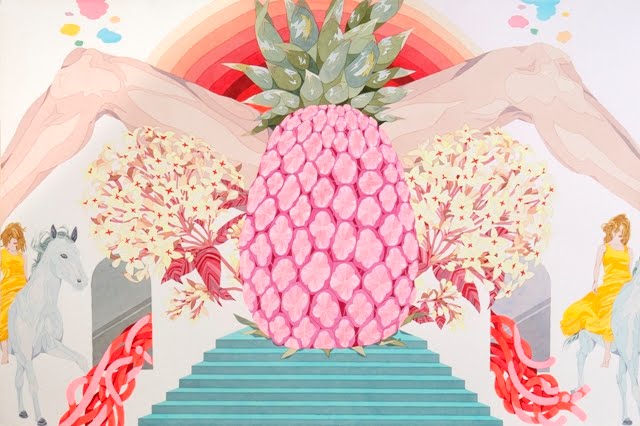
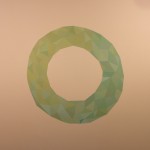
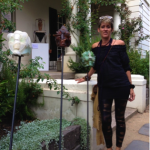
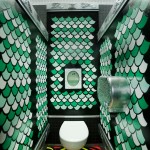
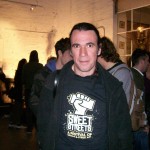
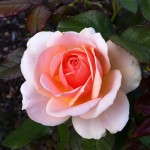
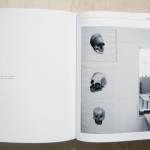
Comments 2
60 percent planning 40 percent chaos…BANG ON!!!
Inspirational and insightful! Nothing more interesting than the creative process!